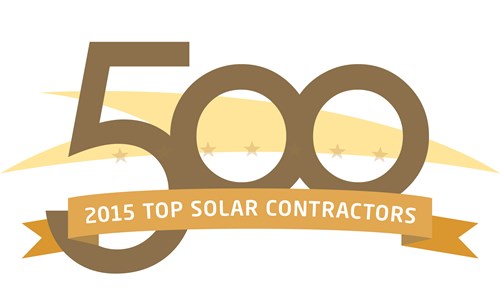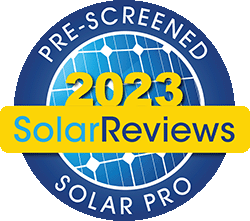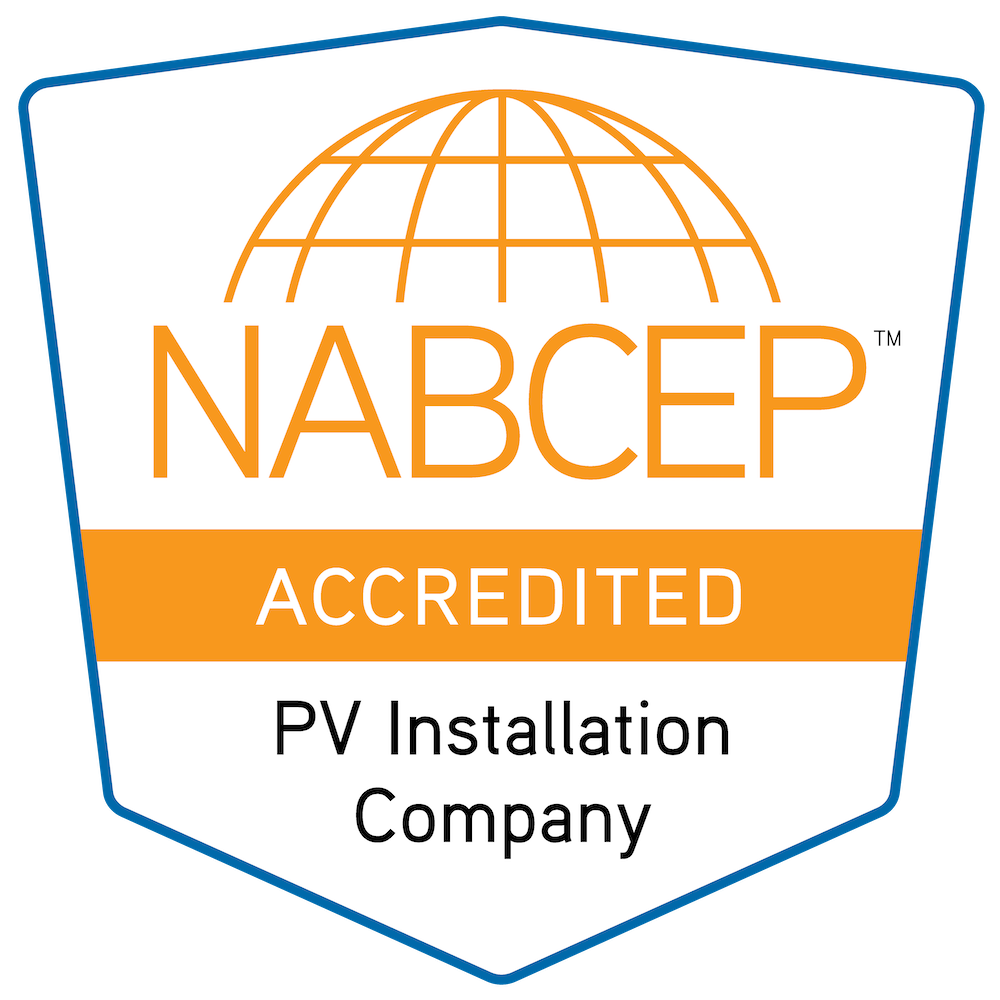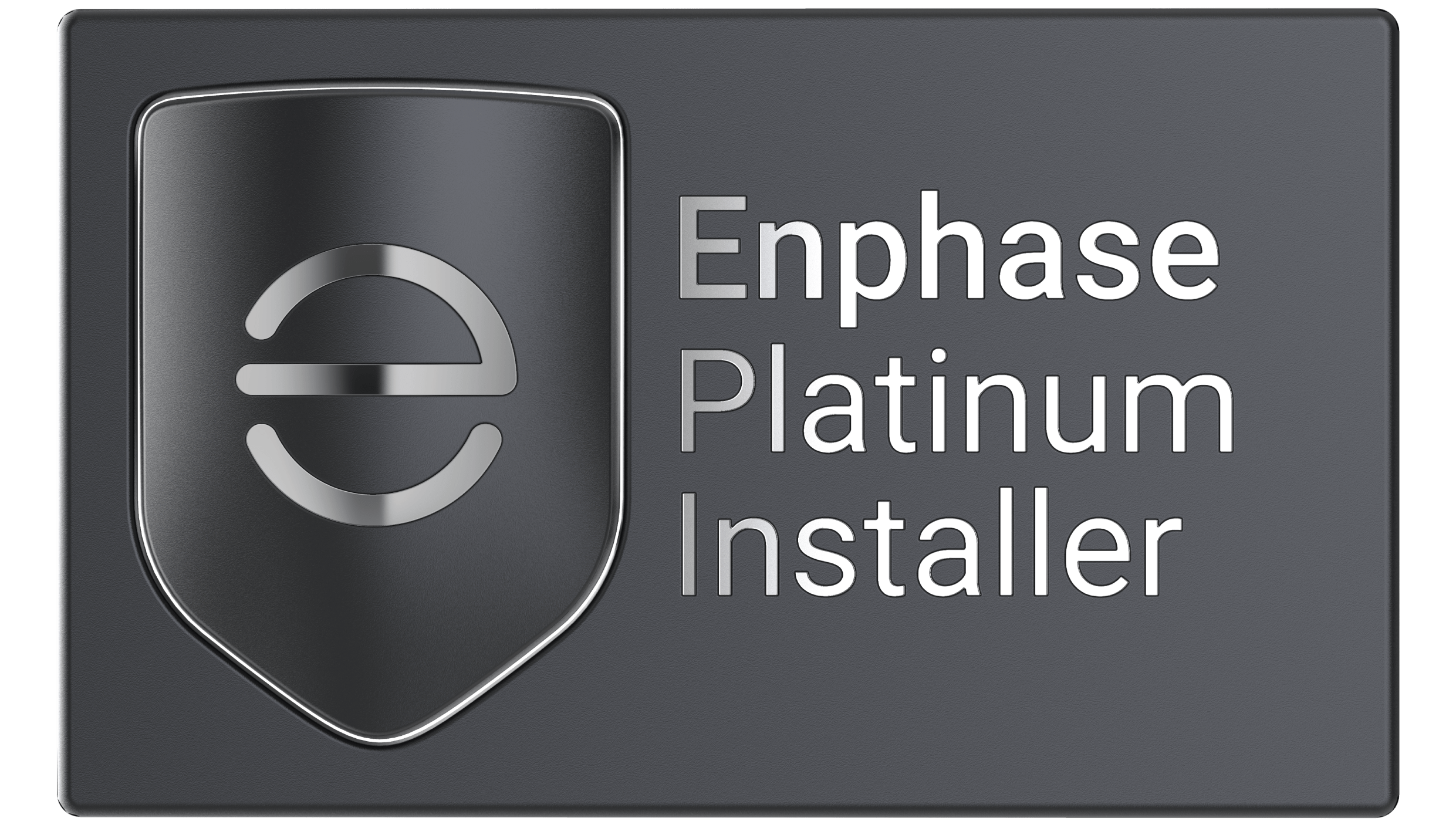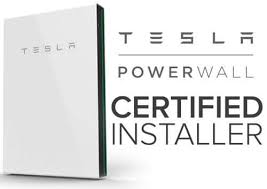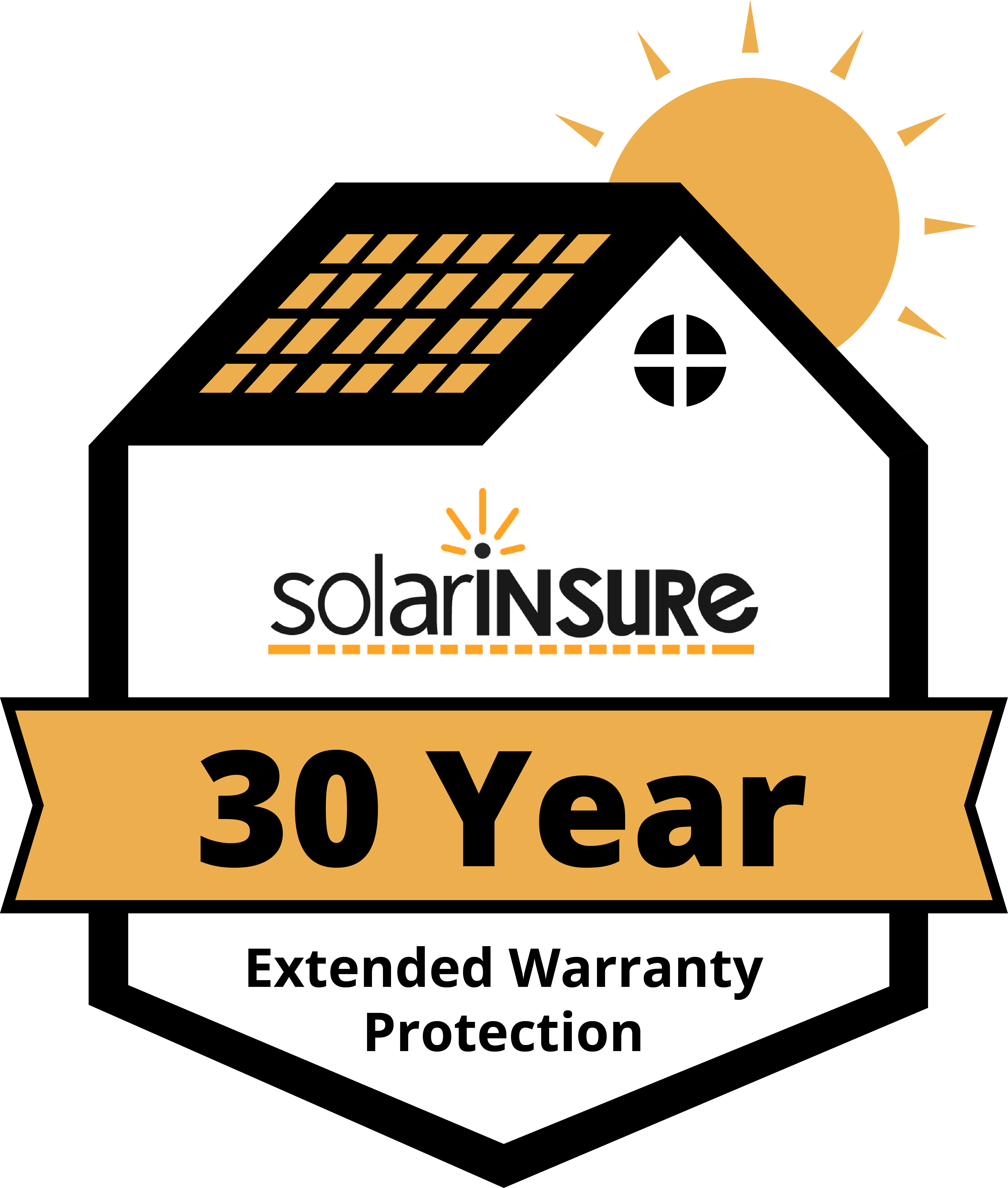You may be wondering if the investment in solar power is worth the money. Solar power technology keeps improving every day and prices keep falling. This makes solar a great choice, but there are some limitations of solar energy you should consider before making this investment.
Advantages of solar energy
Free power
How does solar energy save money? Once the equipment is purchased and installed, you get free power for the life of the system. That could be up to 40 years for some solar energy panels. And, if you live in a net metering state, you can sell any excess energy you create back to the power company. This means you could actually earn money creating solar power.
Solar works in different weather patterns and climates
Solar energy panels generate power even when the sun isn’t directly shining on them. Clouds and other weather patterns lessen the efficiency of the system, but the panels are designed to generate power in indirect sunlight. Panels can be installed wherever the best sun exposure is available, even on the ground. Although, they perform best on south facing roofs with a slope between 15 and 40°.
Solar is affordable
Today’s solar power systems cost between $15,000 and 25,000, depending on the size of the system and whether batteries are included. However, prices are dropping every day as panels become more efficient and less expensive to manufacture. Plus, there are incentives available to purchase solar energy, which we’ll talk about below.
Long panel life
Solar panels have a useful life of 25 to 40 years. Most systems break even due to utility bill savings between years 6 and 10 , meaning the rest of the time the electricity is free or you’re being paid for it by the utility in net metering states. A typical household could enjoy up to 30 years of free power by investing in solar.
Increased home value
Solar panels are seen as upgrades, like a new kitchen or bathroom, when houses go up for sale. A recent study showed this could add up to $15,000 to the value of your home, and speed up the selling process, as homes with solar power tend to sell faster.
Benefits of solar energy to the environment
Up to 28% of emissions are from generation of power . Solar power doesn’t consume resources to generate power and is renewable as long as the sun shines. According to the Office of Energy Efficiency & Renewable Energy, using solar energy minimizes the amount of carbon and pollutants generated. That means we’ll have cleaner air, fresher water, and better environmental health for future generations.
There are incentives
As if these reasons weren’t enough, there are tax incentives available for solar power systems. US federal tax credits are available for up to 26% of the costs of a solar power system. For example, if you install a system for $15,000, you would be eligible for tax credits of $3,900. There are also many state tax incentives available. DSIRE is a website that provides up to date information on incentives and policies that support solar power in the US.
Disadvantages of solar energy
No solar energy is generated at night
During the night and extremely dark, cloudy days little to no energy is generated. To offset this lack of generation, you can install batteries to store power until you need it or connect to the power grid and use net metering to draw power when needed.
Solar panels don’t match house decor
Several years ago, solar panels were not an attractive addition to any home. They stood out like a sore thumb on the roof. But with improving aesthetics and low-profile panels, you can hide even the largest system and hardly anyone will know it’s there.
Not every roof is configured for solar panels
Not every house and roof have the ideal slope facing in the ideal direction for maximum sun exposure. Solar panels need adequate sunlight to generate power, although the level of light required is being reduced as panels improve in efficiency. If the house or roof is not located in the best place for solar access, panels can be installed on the ground or other areas where exposure is better. Also, installing a battery storage system can help store power when there is good solar access, storing it so it can be used later on when there is not.
Disadvantages of solar energy to the environment
The process of manufacturing solar panels releases greenhouse gases into the environment. In addition, there is no readily available way to recycle a solar panel once it’s past its life. However, new manufacturing techniques and technology have reduced the impact on the environment of the manufacturing process. According to a report from the Office of Energy Efficiency & Renewable Energy it takes only one to four years to pay back the energy expended during manufacture of a solar panel. That still leaves 30 to 40 years of active lifespan that does more good than harm.
High upfront cost
Solar panel system can cost as much as $18,000 for a 6-kW grid tied system. When seen as a long-term investment that may be paid back in 6 to 10 years, it’s not as big a cost as it may seem. In addition, homeowners are eligible for tax credits and other incentives from the federal and local governments. All of this helps offset the initial investment, making it much easier to swallow. That being said, if you don’t plan to be in your home that long, it may not be a wise investment.
Conclusion
Solar energy is a good investment for most households, especially in sunny climates. While you may have to spend some money up front, the benefits in the long run outweigh the costs. There are tax incentives, local rebates, and free energy to look forward to. Don’t underestimate the economic importance of solar energy when shopping for a system to meet your budget.




